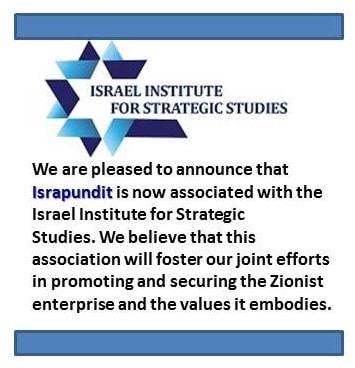FDD | April 12, 2025
Latest Developments
- Discussions Begin: Indirect talks between the United States and Iran over the future of the Islamic Republic’s nuclear program began on April 12 in Oman. The Iranian delegation, led by Foreign Minister Abbas Araghchi, negotiated with representatives from the United States administration headed by White House envoy Steve Witkoff, with both parties remaining in separate rooms for approximately two hours. However, Araghchi and Witkoff reportedly met face-to-face as they exited the meeting venue — marking the first direct contact between U.S. and Iranian officials since the start of President Trump’s term. Further talks are scheduled for next week, with Iranian Foreign Ministry spokesman Esmaeil Baghaei later stating that “this is just a beginning.”
- Where the Parties Stand: Speaking on Iranian state television later on April 12, Baghaei said, “The objective of the Islamic Republic of Iran is very clear — we have only one goal, and that is to safeguard Iran’s national interests … and … importantly for us, the lifting of the sanctions.” U.S. National Security Advisor Mike Waltz said in March that the United States’ position in negotiations is that Iran must verifiably relinquish all aspects of its nuclear program, including its missile program, weaponization efforts, and uranium enrichment activities. An April 9 editorial in the Islamic Revolutionary Guard Corps-affiliated Javan newspaper stated that Iran would immediately end negotiations with the United States if “any discussion of Iran’s missile program” is tabled.
- Trump Letter to Khamenei: Trump sent a letter to the regime’s Supreme Leader, Ayatollah Ali Khamenei, on March 5 giving Tehran 60 days to reach a nuclear deal with the United States. In the interim, Trump has stated that while “doing a deal would be preferable,” military action remains an option if negotiations fail. “If they don’t make a deal, there will be a bombing … the likes of which they have never seen before,” the president warned on March 30. Speaking after the Oman meeting, Araghchi downplayed the encounter as a “brief initial conversation, greetings and polite exchanges,” adding: “Both sides, including the Americans, have said that their goal is also to reach an agreement in the shortest possible time. However, that will certainly not be an easy task.”
FDD Expert Response
“The only acceptable deal would require that Iran’s nuclear weapons infrastructure be completely and verifiably dismantled. If that result cannot be achieved diplomatically, and quickly, President Trump should fulfill his promise to take military action to ensure that Iran’s Islamists do not become the fourth nuclear-armed member of an ambitious, anti-American axis of aggressors that also includes Chinese communists, Russian neo-imperialists, and the dynastic dictator in North Korea.” — Clifford D. May, Founder and President
“The two sides should now have a sense of one another’s opening position. Washington must stick to its bottom line: Iran must fully, verifiably, and permanently dismantle its enrichment, weaponization, and missile-delivery programs. Importantly, the administration should resist sacrificing leverage toward this goal for an interim deal.” — Andrea Stricker, FDD Research Fellow and Deputy Director of FDD’s Nonproliferation and Biodefense Program
FDD Background and Analysis
“‘Deterrent Measures’: Iran Threatens to Halt Cooperation With Nuclear Watchdog if U.S. Military Threats Persist”, FDD Flash Brief
“FAQ: U.S. To Hold Nuclear Talks With Iran,” by Andrea Stricker
“‘This is Where the Negotiations Can End’: Iran Signals Opposition to Dismantling Nuclear and Missile Programs,” FDD Flash Brief
“Iran’s Nuclear Disarmament”, by Orde Kittrie, Andrea Stricker, and Behnam Ben Taleblu



Leave a Reply
You must be logged in to post a comment.